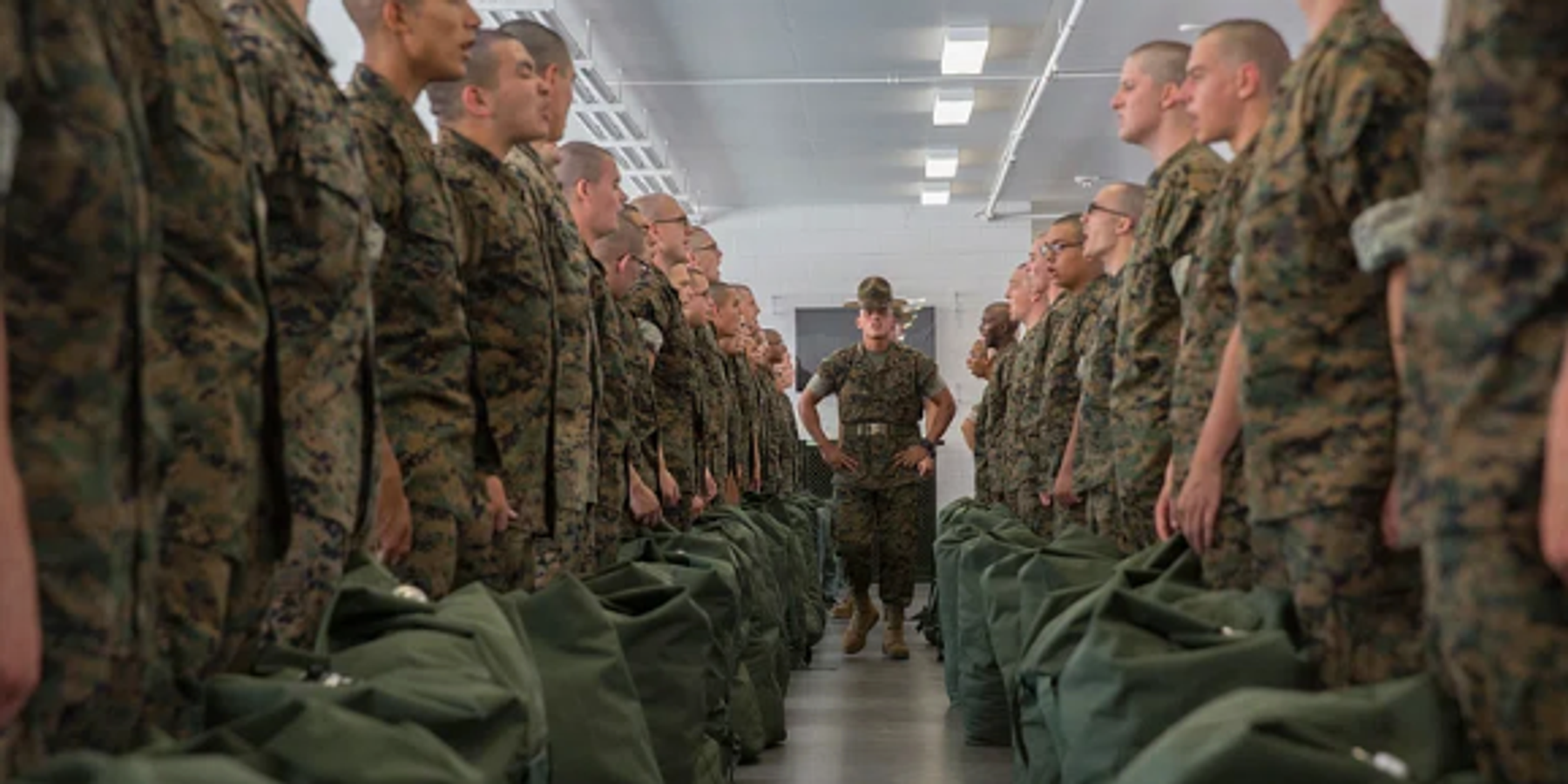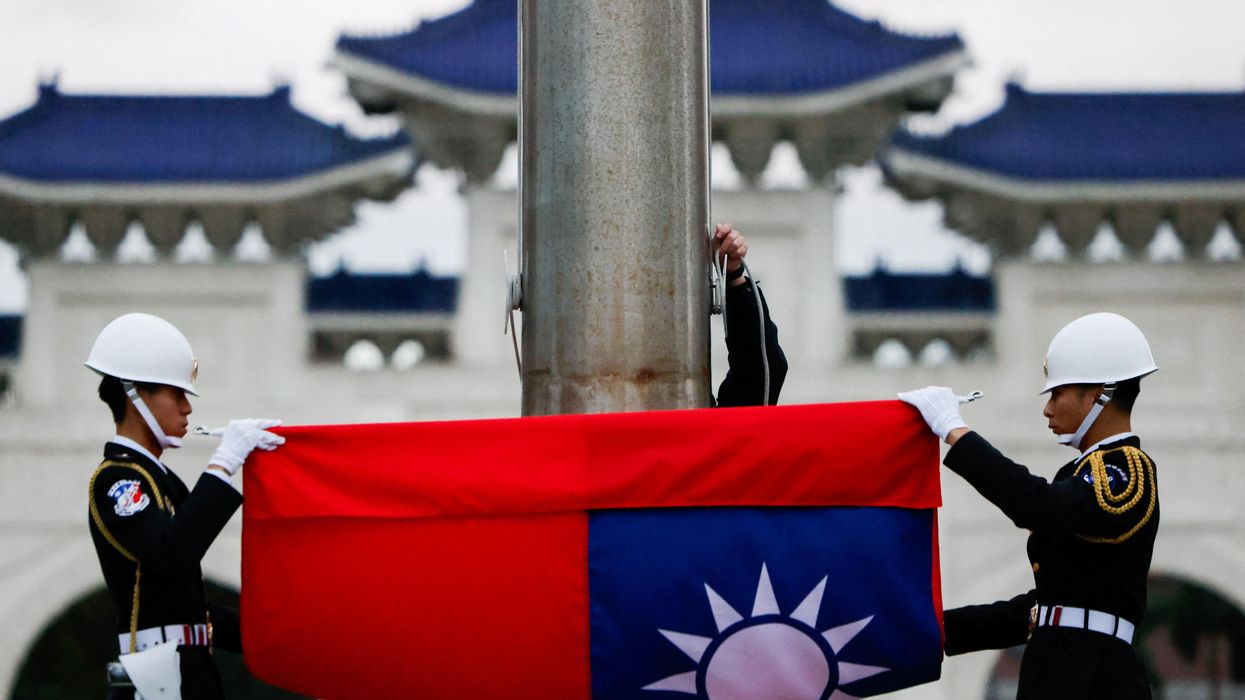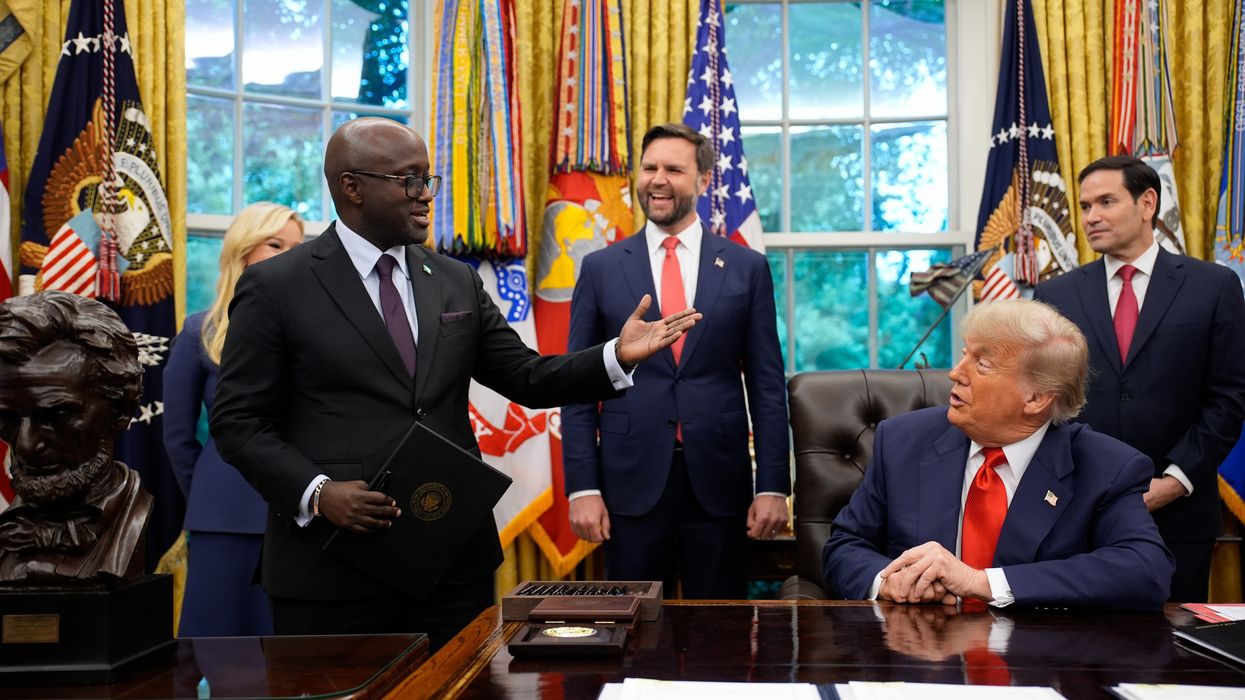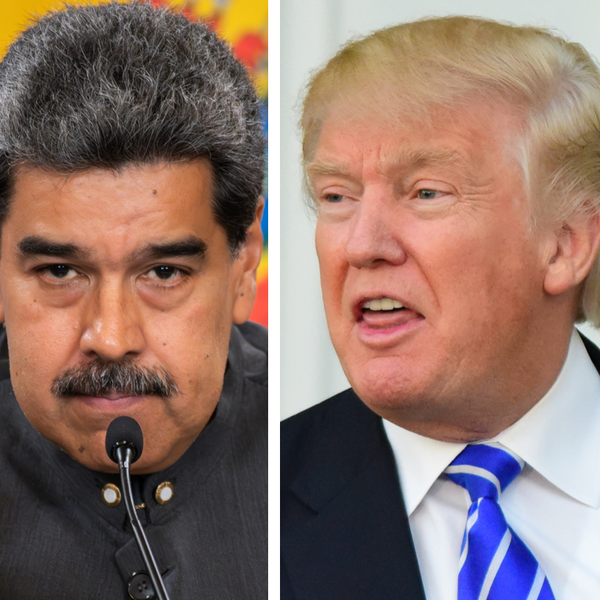What are the Trump administration’s plans for the U.S. Army at home and abroad?
The question hung over recent House and Senate hearings with Pentagon officials about security challenges facing the United States. “The Department [of Defense (DoD)] is undergoing a global force posture review…No decisions have been made at this time,” the acting assistant secretary for international security affairs, Katherine Thompson, responded at one session when asked about the possibility of changes to the U.S. military footprint in Europe.
For those looking past official statements, however, the writing is on the wall. To meet Secretary of Defense Pete Hegseth’s budgetary and strategic goals, the U.S. Army will have to shrink, and the number of U.S. ground forces in Europe is likely to decline sharply. The Trump administration should not apologize for these changes. Though the moves will face pushback, they are badly needed and will better align U.S. military commitments with the country’s security priorities and available resources.
Since President Donald Trump’s second term began, his national security team has set some clear priorities: ending the war in Ukraine, securing the homeland, and shedding unnecessary costs and defense burdens to focus more attention on Asia. But the administration has been vague about what these goals will mean for the size and shape of the U.S. military and its forward presence overseas, especially in Europe where some 100,000 U.S. forces are currently stationed.
When he was in Europe in February, Hegseth was emphatic that the United States could no longer serve as the continent’s primary security guarantor due to “strategic necessities” including the challenges of competing with China and protecting the southern border. Though such assertions seemed to imply a pending drawdown of U.S. military presence in Europe, the Pentagon has avoided addressing the topic directly since.
Secretary of State Marco Rubio sounded a somewhat different tune on his own trip to Europe in April. Calling media speculation “hysteria and hyperbole,” Rubio argued that the United States had no intention of pulling away from NATO but simply wanted “NATO to be stronger.” Indeed, NATO officials have heard nothing specific from the United States about changes to U.S. military presence in Europe, but their fears and questions remain.
The answers NATO allies seek do not lie on the European continent, however, but in Hegseth’s major initiatives at home: realigning the Pentagon’s massive budget to fit the administration’s national security goals and mobilizing U.S. military power in support of President Trump’s border policies.
First, there is Hegseth’s February 18 memo instructing senior military officials and DoD leaders to draw up plans to cut 8% per year from their budgets for each of the next five years. The exercise is not focused on reducing the defense budget topline, however, but identifying resources that can be reallocated to the Trump administration’s defense priorities, including 17 areas Hegseth exempted from cuts.
Hegseth’s guidance leaves those looking for cost savings with relatively few choices. The protected categories cover many of the Pentagon’s priciest budget items: U.S. operations on the southern border, munitions programs, missile defense, executable ships and nuclear submarines, and military construction in Asia, among others. Notably under-represented on the list is the Army, for instance its prized modernization programs and support to commands in Europe or the Middle East, where Army personnel play the largest role.
Unsurprisingly, then, a recent budget simulation exercise run by American Enterprise Institute found that when making cuts under a strict interpretation of Hegseth’s guidance, the Army inevitably winds up as a significant “bill payer,” meaning that it absorbs a large share of required reductions. To a person, participants in the exercise reported that they had to cut U.S. Army force structure to make the budget math work.
Military planners in the Pentagon are likely to come to the same conclusion. From a budgetary perspective, reducing the size of the Army makes sense because force structure is a major military cost driver. Fewer units mean less money spent on total salary and benefits and lower requirements for training and equipment.
From a strategic perspective, cuts to Army positions match the Pentagon’s intent to shift its focus to Asia. Though the Army would contribute to contingency operations in the Indo-Pacific, the demand for ground personnel would be much lower than the need for maritime and air forces and their warships and aircraft.
If Hegseth moves ahead with his budget realignment, then, reductions in active-duty Army positions are likely. The size and shape of these reductions is harder to predict. The Army vigorously denied reports that it was planning to axe 90,000 active-duty jobs, asserting instead that “End Strength might even go up. We are building more combat power while reducing staff and overhead.”
It is likely that some cuts will occur among Army administrative roles or to the large and redundant staff hierarchies at service and combatant commands. But this will not be enough to free up the resources Hegseth has requested. Active-duty positions will almost certainly have to be eliminated as well, including some of the Army’s brigade combat teams (BCTs) and special operations forces.
On their own, these budget-driven cuts might not affect U.S. Army force posture in Europe. But there’s a second key factor: Trump’s militarized approach to the U.S. southern border — an activity that Hegseth protected in his memo.
So far, the demands of Trump’s push to assert “100% operational control” of the border with Mexico have fallen heavily on the Army. There are now about 6,600 active-duty military personnel, most from the Army, and over 2,000 Army National Guard forces supporting border operations. Units deployed from the active-duty force include a Stryker Brigade Combat Team, aviation units, and headquarters and sustainment support troops. Some of these soldiers come from high readiness units — those intended for crisis response — that were already struggling under high operational tempo from repeated overseas missions.
According to the commander of NORTHCOM, General Gregory Guillot, the border mission will last “years not months,” extending the burden they place on Army forces. In nine months or a year, the currently deployed units will rotate home and new soldiers will take their place. If the mission lasts all four years of Trump’s term, as many as 40,000 ground forces might serve a stint on the southern border.
While operating at the border, soldiers are obviously unavailable for missions overseas, but their unavailability will extend far beyond the end of their physical deployment. Returning soldiers will need a rest and refit period and time to catch up on training and repair equipment.
Ultimately, the combined pressure of force structure cuts and a sustained border security mission will leave many fewer Army personnel available for overseas deployment at any given time. U.S. Army presence in Europe is likely to bear the brunt of this shortfall, with reductions in permanent and rotational forces — up to 10,000 or 20,000 personnel — from Germany or Poland possible and even necessary to balance competing demands. The Army— and especially a smaller Army — can only stretch so far, and Hegseth has made clear that operations on the border rank above U.S. commitments in Europe in the Trump administration’s hierarchy.
Congress will howl against such moves, but reductions in Army force structure and presence in Europe are long overdue. The number of Army BCTs and the size of the service’s special operations and combat support forces remain bloated following the end of the 20-year global war on terror, leaving plenty of room for cuts.
Likewise, U.S. Army presence in Europe has increased significantly over the past 10 years, and now far outstrips what is necessary given the current threat picture, U.S. interests in the region, and the responsibilities of allies.
The Trump administration should not be shy about its plans to right-size the U.S. Army’s force at home and in Europe. Instead, it should champion the budgetary benefits and strategic necessity of critical changes previous administrations have been too tentative to make.
- If not now, when is a good time for a US troop withdrawal from Europe? ›
- Hegseth orders 8% cut to Pentagon budget. Not so fast. ›
- Deaths of US soldiers put European deployments in spotlight ›
- Europe pushing delusional US-style rearmament plan | Responsible Statecraft ›
- For the DoD, really bad news comes in threes | Responsible Statecraft ›
- Hegseth is taking the Army on another dead end ride to Asia | Responsible Statecraft ›
- Military ranks must face radical change or remain broken | Responsible Statecraft ›
- Army Secretary declares war on the military industrial complex | Responsible Statecraft ›
















